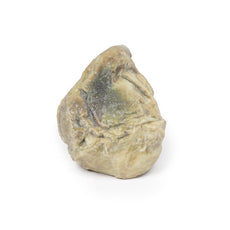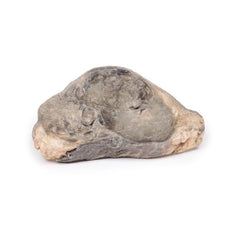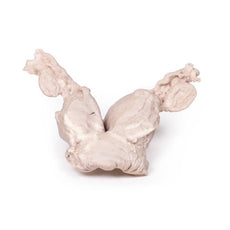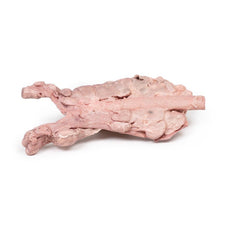Your shopping cart is empty.
3D Printed Congenital Pulmonary Stenosis
Item # MP2034Need an estimate?
Click Add To Quote

-
by
A trusted GT partner -
FREE Shipping
U.S. Contiguous States Only -
3D Printed Model
from a real specimen -
Gov't pricing
Available upon request
3D Printed Congenital Pulmonary Stenosis
Clinical History
This male child had a cardiac murmur discovered at birth. He remained
well until the age of 10 months. Two weeks before admission to
hospital, he became languid, developed a slight cough, and suddenly
gained a lot of weight. Ten days before admission he developed
swelling of the hands, feet and face. On examination, he was a chubby
child with a blood pressure of 90/59 mmHg. There was a fine thrill
over the whole precordium, and a harsh systolic murmur maximal in
the pulmonary area. There was oedema of the face and legs. After
admission the child gained further weight, and there was no response
to therapy. Death was due to congestive cardiac failure.
Pathology
The specimen is the child‘s heart. View from the left side and note the
pulmonary artery has been opened to display the upper surface of the
pulmonary valve. This abnormal valve consists of a thickened conical
diaphragm, with an opening 2 mm in diameter at the apex. The opened
pulmonary artery has a large post-stenotic dilatation. There is rightsided cardiac enlargement due to marked dilatation of the right atrium
and right auricle (opened), and right ventricular hypertrophy (the wall
has been cut in two places [one penetrating, one one not] to expose the
hypertrophied myocardium). This is a pure pulmonary valve stenosis
Further Information
Pulmonary stenosis represents about 7% of congenital heart disease.
However, it can also occur later in life secondary to increased
pulmonary pressures. In neonates, it may occur as an isolated defect
or as part of a more complex lesion, such as the Tetralogy of Fallot.
The latter is a combination of four congenital abnormalities, including
a ventricular septal defect, pulmonary valve stenosis, a misplaced
aorta and a right ventricular hypertrophy. Abnormalities similar to this
specimen can now be corrected surgically
The natural course of congenital pulmonary stenosis varies with age and severity at age of development. Pulmonary stenosis can be thought of on a scale of mild, moderate and severe. While mild pulmonary stenosis can remain asymptomatic and indolent without diagnosis for several years, moderate pulmonary stenosis can rapidly progress to severe stenosis. Severe pulmonary stenosis has significant effects on the heart due to increased pressures leading to right ventricular hypertrophy. Severe pulmonary stenosis is often associated with right ventricular outflow obstruction and subsequent cardiac failure. Thus, moderate to severe pulmonary stenosis may manifest as dyspnoea, chest pain or syncope.
Other complications of severe pulmonary stenosis, include infective endocarditis and arrhythmias caused by remodelling and scarring of the ventricular and atrial walls. Diagnosis of pulmonary stenosis is often achieved through transthoracic echocardiography. Other imaging modalities include MRI and CT.
Download: Handling Guidelines for 3D Printed Models
Handling Guidelines for 3D Printed Models
GTSimulators by Global Technologies
Erler Zimmer Authorized Dealer
The models are very detailed and delicate. With normal production machines you cannot realize such details like shown in these models.
The printer used is a color-plastic printer. This is the most suitable printer for these models.
The plastic material is already the best and most suitable material for these prints. (The other option would be a kind of gypsum, but this is way more fragile. You even cannot get them out of the printer without breaking them).The huge advantage of the prints is that they are very realistic as the data is coming from real human specimen. Nothing is shaped or stylized.
The users have to handle these prints with utmost care. They are not made for touching or bending any thin nerves, arteries, vessels etc. The 3D printed models should sit on a table and just rotated at the table.




































































